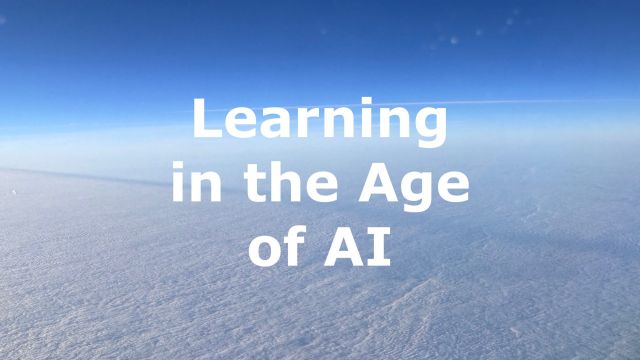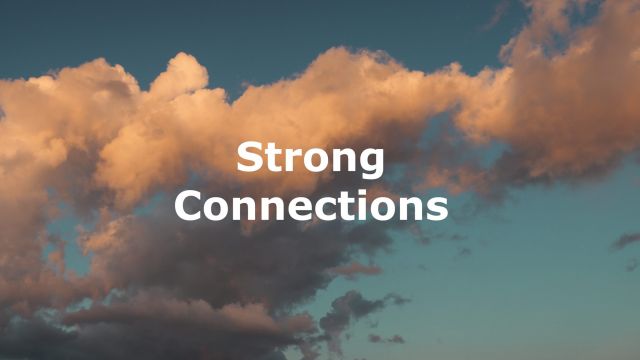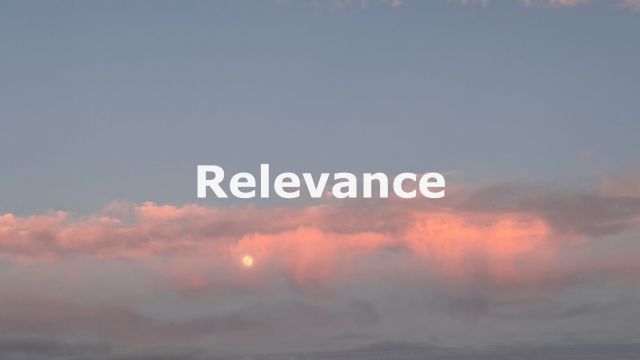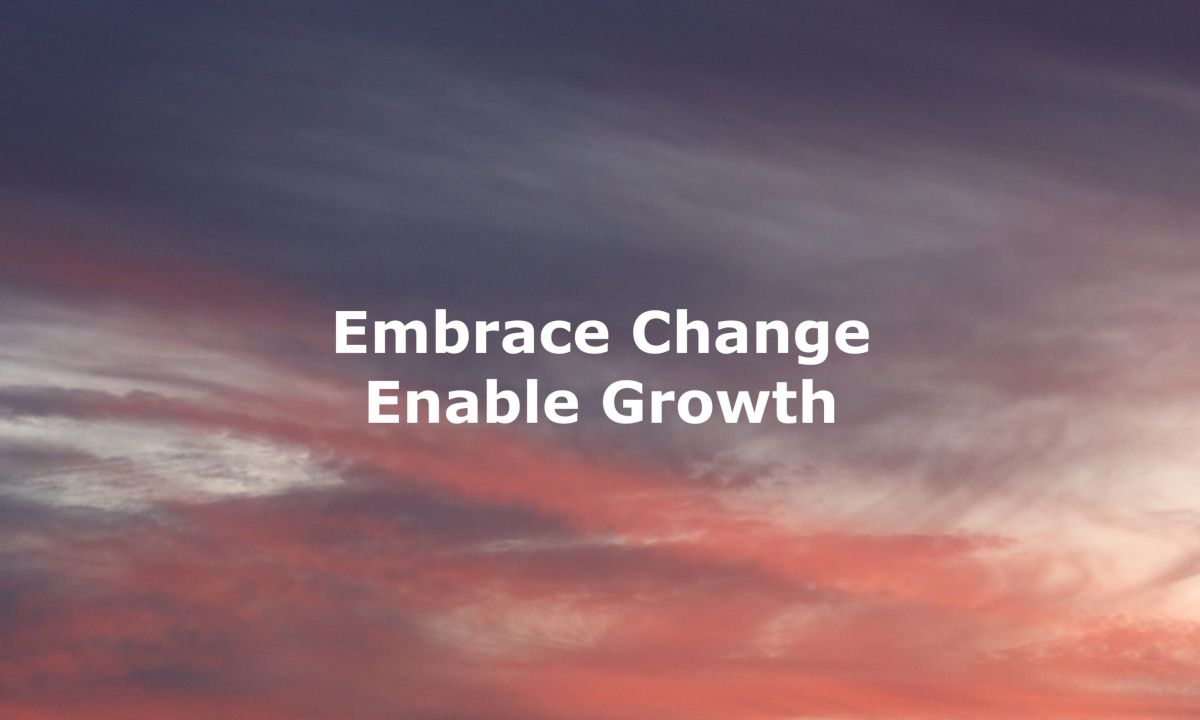
SL013 Transformation Openness: Embrace Change, Enable Growth
How to actively cultivate transformation openness in times of complexity and disruption
When was the last time you truly embraced change – without resisting, doubting, or delaying?
Have you ever found yourself clinging to routines, even when they no longer serve you?
And what would it mean if transformation wasn’t something done to you – but something you actively choose? This episode is about a critical leadership capacity: transformation openness. Not blind flexibility, not chaos, but a grounded, intelligent openness to change that starts with self-leadership.
Welcome to a new episode of Self-Leadership with Dr. Bensmann, where we explore how mastering self-leadership helps you thrive across all areas of your life.
My name is Burkhard Bensmann. As an acknowledged expert for Self-Leadership my clients are decision-makers, leaders, and CEOs. With tailor-made interventions I am helping them navigate the complexities of leadership and unlock their personal growth potential.
Overview – What This Episode Covers
In today’s episode, we’ll look at a powerful yet often misunderstood quality for which I have coined the term transformation openness.
We’ll explore:
• Why this openness matters more than ever—especially in times of complexity and disruption,
• What current psychological theories teach us about the stages of inner change,
• How resistance and fear are normal parts of any growth process, and
• I explain my five-phase model I suggest to help you understand and actively cultivate transformation openness.
We’ll also address a word of caution—because even transformation can be overdone.
Part 1 – Why Transformation Openness Matters
Let’s start with the “why.” The world is not just changing – it’s transforming. Old structures collapse. New technologies emerge. Leadership roles are being redefined almost weekly. So here’s the truth:
What you need is not just the ability to manage change, but the mindset to engage with it intentionally. Transformation openness is the inner readiness to notice, interpret, and respond to change – without falling into panic or paralysis. Think of it like sailing. You can’t control the wind – but you can adjust your sails. Transformation openness is the skill of adjusting your sails with clarity and confidence.
Part 2 – Understanding Inner Change: Lessons from Psychology
Modern psychology offers us several helpful models of how change really happens –inside a person. One widely researched theory is the Transtheoretical Model by Prochaska and DiClemente.
It describes change as a process with distinct stages – from denial to contemplation, to preparation, action, and finally integration. Change isn’t linear – it loops. You may relapse. You may resist. That’s human.
Another insight comes from Acceptance and Commitment Therapy (ACT).
Here, the idea is not to eliminate discomfort—but to act in alignment with your values, even when fear or uncertainty show up.
And then there’s self-efficacy, a term coined by psychologist Albert Bandura.
This is your belief that you can create change, even under difficult conditions. It’s the internal voice that says: “This is hard, but I’ll figure it out.”
Together, these theories tell us: You don’t need to love change. But you need to work with it—intentionally and flexibly.
Part 3 – The Five Phases of Transformation Openness
Based on these theories and my coaching experience, I suggest a simple but powerful model. I call it the Five Phases of Transformation Openness. This model is a pragmatic integration of some of the most effective approaches I’ve encountered. It doesn’t claim to reinvent the wheel – rather, it stands on the shoulders of giants. I’m deeply grateful for the foundational work of those who have shaped our understanding of transformation, mindset, and human development.
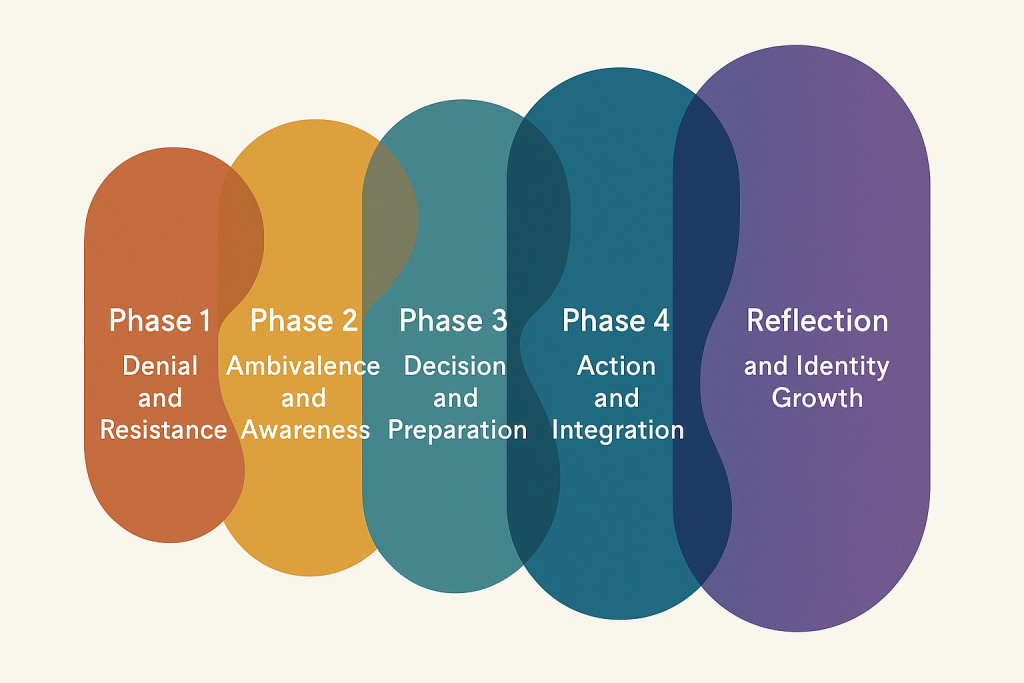
Graphic created with ChatGPT
Phase 1 – Denial and Resistance
“This can’t be happening. I don’t want this.”
This is the moment when your inner system slams on the brakes. It’s a deeply human, protective response—often rooted in fear, uncertainty, or past disappointments. You might find yourself avoiding conversations, pushing back emotionally, or mentally retreating into old patterns.
Your task here is not to force change. Instead, create emotional safety—for yourself or your team. Slow down. Be present. Ask yourself:
“What exactly am I afraid of losing?”
“What part of me is resisting—and what is it trying to protect?”
This is a powerful moment to use techniques like reframing or anchoring. They help you gently shift your perspective—without denying your emotions.
Phase 2 – Ambivalence and Awareness
“This might be necessary—but I’m torn.”
Here, a new awareness begins to surface. You’re no longer fully resisting, but you’re not committed either. There’s a tension between the pull of the familiar and the whispers of what could be. This is the ideal time for guided reflection. Clarify your values. Ask yourself what truly matters. Imagine alternative futures—not in spreadsheets, but in mental images.
One practical tool is timeline work: Visualize your future self one year from now. What are they doing? Feeling? Creating? Or try working with metaphors—like the “inner journey” or “crossing a threshold.” They activate deeper insights.
Phase 3 – Decision and Preparation
“I’m ready to engage—but how?”
This phase is where clarity kicks in. There’s an internal “yes.” You recognize: It’s time to move. But now the challenge is: What’s the plan? Is the decision aligned with who I truly am?
This is where the ecology check becomes crucial. Ask: “Does this decision feel congruent in my body?” “Do I have the energy, support, and internal permission to act?” Develop a simple, flexible roadmap—one that honors your identity and doesn’t create overwhelm.
Phase 4 – Action and Integration
“I’m in it. I’m doing the work.”
This is the “messy middle.” The phase where vision meets reality. You’ve moved into action—but now you’re learning, adapting, and often stumbling. That’s exactly how transformation works.
The key is: tiny rituals, feedback loops, and peer support. Whether it’s a morning check-in, a 10-minute journaling habit, or weekly coaching—small systems hold the change in motion. Remind yourself: This is not about perfection. It’s about momentum.
Phase 5 – Reflection and Identity Growth
“I’m not the same person I was.”
This is the quiet, often surprising moment when you realize: something shifted. You not only survived the change—you’ve internalized it. It’s now part of who you are. Take time to pause and reflect: “What did I learn—not just about the situation, but about myself?” “What strengths emerged that I didn’t know I had?”
This is where change becomes identity-based.
You no longer “do transformation”—you embody it. And that gives you confidence for the next cycle.
Part 4 – A Word of Caution: The Side Effects of Transformation Openness
Now, just like any powerful medicine, transformation openness has side effects. Here’s your leadership “warning label”:
Warning 1: Too much openness can destabilize you.
“If you’re constantly adapting, you may lose your inner compass.”
Being open to change is powerful. But if you’re always adapting to your surroundings, constantly shifting priorities, or chasing every new trend, you risk disconnecting from your core.
I’ve seen this in leaders who try to meet every expectation—only to feel exhausted and directionless.
Stay rooted in your values and long-term vision.
Ask yourself: “What do I want to stay true to—even in times of change?”
Your transformation should be guided by identity, not by urgency.
Warning 2: Don’t confuse openness with over-compliance.
“Just because change is trendy doesn’t mean it’s right for you.”
Sometimes people confuse openness with obedience. They say yes to every initiative, every new tool, every reorganization—just to appear flexible.
But that’s not transformation. That’s submission. And it can damage your integrity.
Practice mindful selectivity. Ask yourself: “Is this change aligned with my purpose—or am I just trying to fit in?”
Being truly open includes the courage to say no.
Warning 3: Resistance is not the enemy.
“Trying to eliminate fear or skepticism too quickly can backfire.”
We’re often told to “overcome resistance.” But in my experience, resistance is a form of intelligence.
It’s your system saying: “Wait. Something feels off.”
Maybe the timing isn’t right. Maybe your needs weren’t heard. Maybe your values are being challenged.
Respect resistance.
Instead of pushing it away, get curious: “What is this resistance protecting? What needs to be acknowledged or renegotiated?” Wise leaders listen to resistance before leading through it.
Warning 4: Transformation is not a race.
“Pauses, rest, and reflection are essential.”
In our fast-paced world, even change has become a competition. But sustainable transformation needs time. It needs space. Growth is not linear. It includes setbacks, pauses, and integration periods.
Build in recovery cycles.
Protect time to reflect. Honor the transitions between phases—not just the milestones.
Stillness is not a delay. It’s a dimension of change.
Think of this as the “informed consent” of transformation work. Real change is possible—but only when it’s honest, embodied, and self-led.
Final Reflections and Call to Action
So—let’s bring this all together. You’ve just heard a practical framework, a map for navigating the inner terrain of transformation openness. But what does it mean for you—today?
This is where insight meets action. Because reflection without movement leads to stagnation. And action without reflection leads to misalignment. So here’s how you can begin, right now:
1. Notice resistance – name it, explore it.
Think about a current change you’re facing—maybe at work, in your role, or in your private life.
Where do you feel tension? Avoidance? Fatigue? Instead of pushing it away, pause and investigate: “What am I afraid of losing?” “What part of me wants to stay where I am—and why?” Remember: resistance is not a flaw. It’s information. It’s a signal worth decoding.
Try this: Write down your top three resistances. For each, ask: “What is this trying to protect?”
This simple act turns fear into insight.
2. Clarify your values – they are your compass.
Transformation without orientation can be dangerous. That’s why your values are not optional—they’re essential.
Ask yourself: “What do I want to stay loyal to—regardless of change?” “What do I stand for, even when the environment shifts?”
Try this: Choose three values that truly guide you. Then ask: “How visible are these in my current decisions?”
This step roots your transformation in identity—not just in trends.
3. Prepare for action – even small steps matter.
You don’t need a 10-year plan.
But you do need momentum—and that starts with micro-movements. What’s one shift you’ve been postponing? One habit, one conversation, one experiment?
Try this: Define one concrete step for the next 48 hours. Keep it small. Then commit to it publicly—or at least to a trusted peer.
This turns openness into action.
4. Respect your rhythm – change doesn’t have to be rushed.
We often feel pressured to transform fast. But meaningful change follows its own rhythm—like breathing, like seasons. You need moments of rest and recovery just as much as moments of sprinting.
Try this: Build a pause into your week. A walk. A journaling session. A quiet morning without screens.
Don’t just move—integrate.
Because growth isn’t always visible. Sometimes, it’s underground.
5. Stay in dialogue – with yourself and trusted others.
Transformation thrives in connection. You don’t have to figure this out alone. Share your thoughts. Ask for feedback. Invite perspective. Talk to a mentor, a coach, or a peer who challenges and supports you.
Try this: Reach out to one person this week and say: “I’m reflecting on some changes. Can we talk about this over coffee or Zoom?”
Openness grows when we open up.
Inquire about a Transformative Session
And if you are looking for active support, contact me through my website or by email to bb@bensmann-consulting.com and inquire about a Deep Dive Session.
Music Into & Outro by Joakim Karud http://soundcloud.com/joakimkarud

